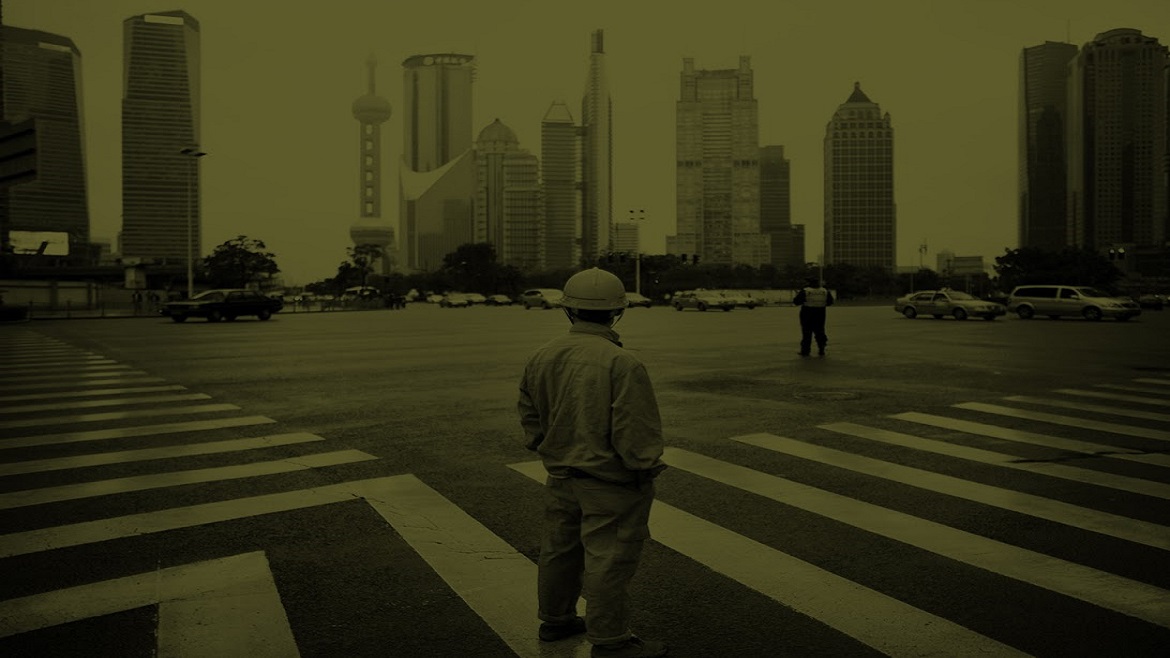Special Economic Zones (SEZs), like the Shanghai Free Trade Zone opened in September 2013, once played an important role in post-war economic development. This was especially true in Asia, where policymakers created these areas under a variety of different names, such as export processing zones, and for a variety of different purposes. However, after appearing to fall somewhat out of favour over the last two decades, SEZs have been making a comeback of late, amongst developing and developed countries alike.
Japan, for one, has been considering opening a number of SEZs as part of the so-called “Abenomics” programme of economic stimulus and structural reforms. As with the Shanghai Free Trade Zone, the thinking in Japan is that the successful pilot reforms and liberalisation measures enacted in the SEZs would be rolled-out elsewhere over time and eventually throughout the entire country. The concept has received criticism from almost all quarters, however. There are those who complain that the SEZs don’t go far enough and are really only a half-measure designed to tick the Abenomics “reform” box by quarantining politically-difficult policies, like relaxing regulations on labour, eliminating tariffs on sensitive products, and easing corporate tax rates. On the opposite side, others warn that SEZs in Japan represent an economic “Trojan horse” that, if successful, will tear at the country’s social fabric by encouraging the type of winner-take-all capitalism Japan has done its best to resist. A third group still wonders why a country so advanced needs to resort to a policy that has historically been the province of developing nations, which want the foreign investment and knowledge transfer SZEs bring but not the supposedly destabilising influence.
One of those countries on the lower rungs of development is Myanmar, which also has ambitious plans for its own series of new SEZs. The most advanced in terms of construction is the Thilawa SEZ located not far from Yangon, the country’s commercial capital. The government is pushing hard for Thilawa to become fully-operational by next year at the latest and for it to be followed in the near-term by SEZs elsewhere along the coast, including in the southern city of Dawei. These zones form a central pillar of Myanmar’s economic reform plans, but to date the zones have been plagued by cost-overruns, delays, and protests from displaced local populations, amongst other issues.
Whether and to what extent they ultimately do contribute to growth is still very much in question. The Shenzhen SEZ, founded in the early 1980s when China was just beginning to open up under leader Deng Xiaoping, is an obvious success story when one looks back at the country’s last 30 years of economic development. But for every small fishing village transformed into a major global trading hub, there are countless other SEZs that have failed, whether because of location, because of implementation, or because of government policy.
So the answer to that question in Myanmar, and in Japan and China, will influence whether other countries follow their lead, either by building their first SEZs or increasing the existing number. Already it is beginning to look as though Japan may backtrack on its SEZ plans, particularly in the area of corporate tax breaks for companies operating in the zones but probably also in the area of labour. China, on the other hand, appears to be going in the opposite direction, announcing recently that the Shanghai Free Trade Zone would allow for full convertibility of the yuan, the Chinese currency. It’s actually in this area, the financial sector, that the Shanghai FTZ is being watched most closely since many economists believe large-scale financial sector reforms will be key if the country is going to successfully re-balance towards more domestic-led growth.
This interview is part of a series managed by the Economist Intelligence Unit for HSBC Commercial Banking.
The views and opinions expressed in this article are those of the authors and do not necessarily reflect the views of The Economist Intelligence Unit Limited (EIU) or any other member of The Economist Group. The Economist Group (including the EIU) cannot accept any responsibility or liability for reliance by any person on this article or any of the information, opinions or conclusions set out in the article.




